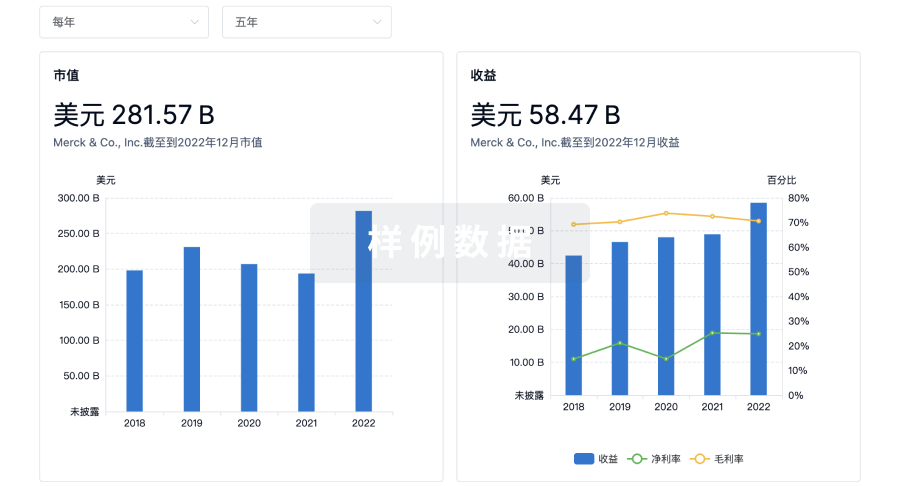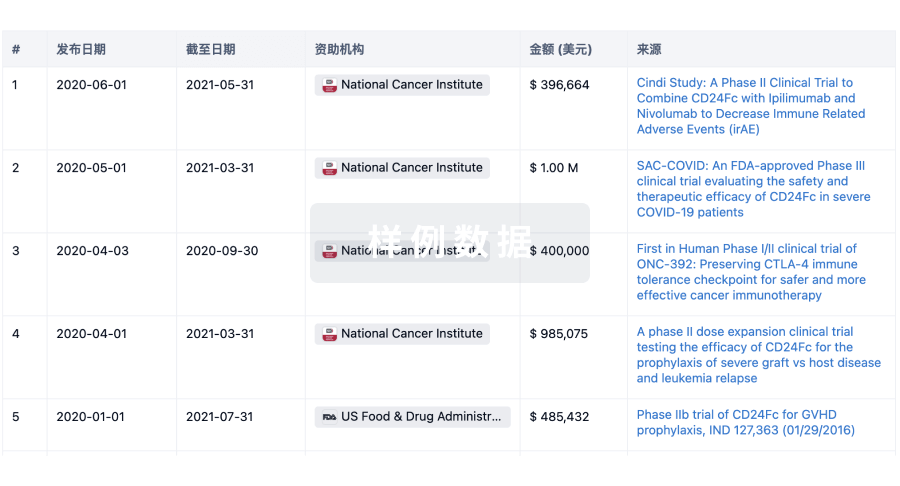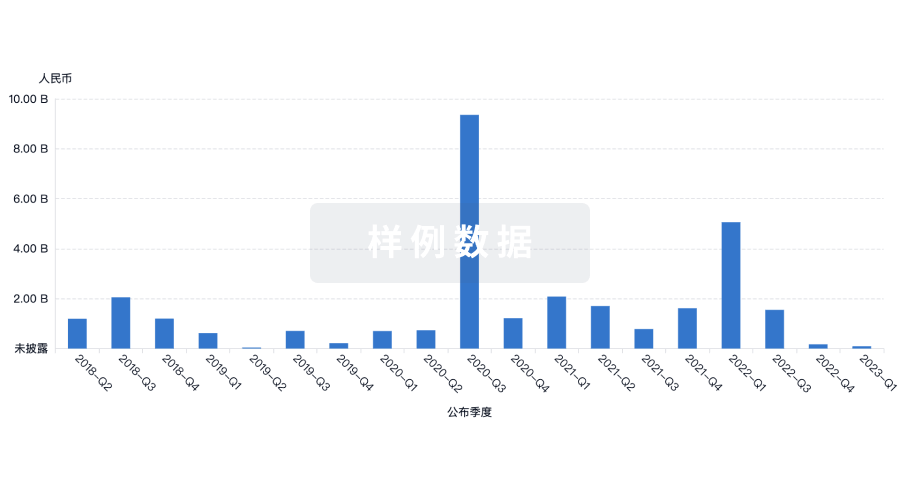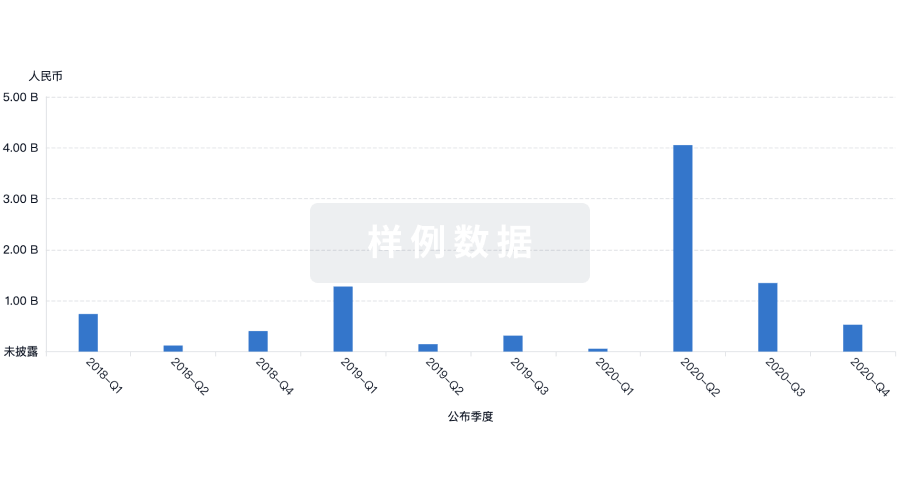预约演示
更新于:2025-05-07

Centre Hospitalier de Pau
更新于:2025-05-07
概览
关联
19
项与 Centre Hospitalier de Pau 相关的临床试验NCT06629363
Creation of a Biobank of Biological Samples From Patients With Malignant Hypertension Included in the HAMA Cohort: HAMA-BANK
The HAMA bank is an initiative aimed at collecting, preparing, and storing biological samples from patients treated for malignant hypertension and included in the HAMA cohort. Conducted under CRB (ISO20387) conditions, this biobank serves as an essential resource for understanding the disease's pathophysiology, as well as for identifying novel biomarkers and therapeutic targets
开始日期2025-06-15 |
申办/合作机构 |
NCT06459609
Effect of Protein Supplementation on Craving in Subjects Hospitalised for Addiction Treatment. Monocentric Pilot Study.
Moncentric pilot study conducted in the addictology department of the Pau Hospital, designed to demonstrate the benefit of protein supplementation on craving in patients with a substance use disorder at the start of their treatment for addiction.
This study will be conducted according a crossover design with a one-week phase with protein supplementation (P) and a one-week phase without protein supplementation (SP).
This study will be conducted according a crossover design with a one-week phase with protein supplementation (P) and a one-week phase without protein supplementation (SP).
开始日期2024-10-01 |
申办/合作机构 |
NCT06193785
Evaluation of Hypnosis Practice During a Semi-invasive and Painful Medical Examination in Neurology: the Electromyogram
Electromyogram is a current exam usually in neurological practices use for study peripheral nervous system. This is a semi-invasive examination causing pain. The aim of the study is to evaluate hypnosis practice in patients during an electromyogram. The investigator will evaluate pain with quantitative and qualitative evaluation in two groups with and without hypnosis in an open, quasi-randomised prospective therapeutic study in Pau hospital centre
开始日期2024-03-25 |
申办/合作机构 |
100 项与 Centre Hospitalier de Pau 相关的临床结果
登录后查看更多信息
0 项与 Centre Hospitalier de Pau 相关的专利(医药)
登录后查看更多信息
151
项与 Centre Hospitalier de Pau 相关的文献(医药)2024-12-01·Orthopaedics & Traumatology: Surgery & Research
Percutaneous arthroscopically assisted cheilectomy combined to percutaneous proximal phalanx osteotomy in hallux rigidus: Clinical and radiological outcomes in 30 feet at a 48-month follow-up
Article
作者: Laffenetre, Olivier ; Lebecque, Johan ; Lucas Y Hernandez, Julien ; Di Nallo, Martin
2024-12-01·The Journal of Allergy and Clinical Immunology: In Practice
Angioedema due to Acquired C1-Inhibitor Deficiency Associated With Monoclonal Gammopathies of Undetermined Significance Characteristics of a French National Cohort
Article
作者: Durupt, Francois ; Launay, David ; Adamski, Henri ; Roos-Weil, Damien ; Mekinian, Arsene ; Demoreuil, Claire ; Desblache, Julien ; Gondran, Guillaume ; Kalmi, Galith ; Defendi, Federica ; Gobert, Delphine ; Coppo, Paul ; Amarger, Stephanie ; Pelletier, Fabien ; Kanny, Gisele ; Gayet, Stephane ; Armengol, Guillaume ; Ly, Kim Heang ; Blanchard-Delaunay, Claire ; Bouillet, Laurence ; Caubet, Olivier ; Robbins, Aylsa ; Brihaye, Benoit ; Boccon-Gibod, Isabelle ; McAvoy, Chloé ; Lacoste, Marion ; Aubineau, Magali ; Martin, Ludovic ; Bibes, Beatrice ; Hadjadj, Jerome ; Lahuna, Constance ; Blaison, Gilles ; Cathebras, Pascal ; Fain, Olivier ; Ollivier, Yann
2024-11-25·Blood
Outcome of Cerebral Vasculopathy and Cognitive Performances 10 Years Post-Enrollment in the Drepagreffe Trial Comparing Allogeneic Stem Cell Transplantation to Standard-Care in Children with Sickle Cell Anemia and History of Abnormal Cerebral Velocities
作者: Belozertseva, Catherine ; Bernaudin, Françoise ; Peffault de Latour, Regis ; Verlhac, Suzanne ; Pondarré, Corinne ; Paillard, Catherine ; Arnaud, Cecile ; Chantalat-Auger, Christelle ; Isabelle, Thuret ; Joseph, Laure ; Elmaleh, Monique ; Meunier, Benoit ; Neven, Benedicte ; Missud, Florence ; Jung, Camille ; Angoso, Marie ; Firah, Nadia ; Petras, Marie ; Dhédin, Nathalie ; Kamdem, Annie ; Yakouben, Karima ; Dalle, Jean-Hugues ; Guitton, Corinne ; Pertuisel, Sophie ; Genty, Isabelle ; Bruno, Bénédicte ; Cannas, Giovanna ; De Luna, Gonzalo ; Frange, Pierre ; Pluchart, Claire ; Ducros-Miralles, Elisabeth
100 项与 Centre Hospitalier de Pau 相关的药物交易
登录后查看更多信息
100 项与 Centre Hospitalier de Pau 相关的转化医学
登录后查看更多信息
组织架构
使用我们的机构树数据加速您的研究。
登录
或

管线布局
2025年07月07日管线快照
无数据报导
登录后保持更新
药物交易
使用我们的药物交易数据加速您的研究。
登录
或

转化医学
使用我们的转化医学数据加速您的研究。
登录
或

营收
使用 Synapse 探索超过 36 万个组织的财务状况。
登录
或

科研基金(NIH)
访问超过 200 万项资助和基金信息,以提升您的研究之旅。
登录
或

投资
深入了解从初创企业到成熟企业的最新公司投资动态。
登录
或

融资
发掘融资趋势以验证和推进您的投资机会。
登录
或

Eureka LS:
全新生物医药AI Agent 覆盖科研全链路,让突破性发现快人一步
立即开始免费试用!
智慧芽新药情报库是智慧芽专为生命科学人士构建的基于AI的创新药情报平台,助您全方位提升您的研发与决策效率。
立即开始数据试用!
智慧芽新药库数据也通过智慧芽数据服务平台,以API或者数据包形式对外开放,助您更加充分利用智慧芽新药情报信息。
生物序列数据库
生物药研发创新
免费使用
化学结构数据库
小分子化药研发创新
免费使用